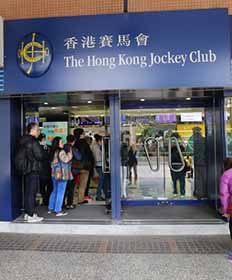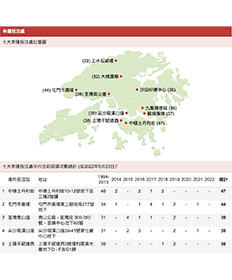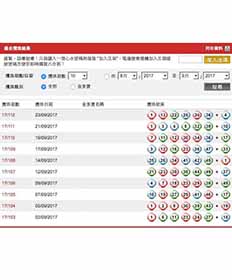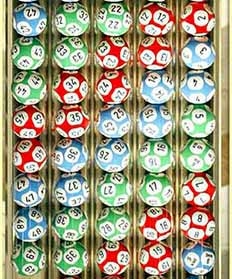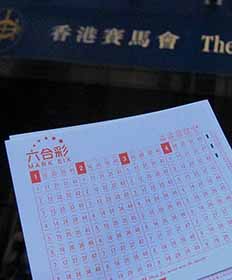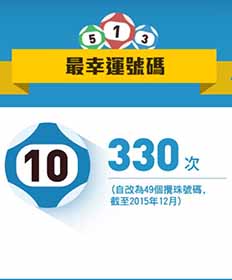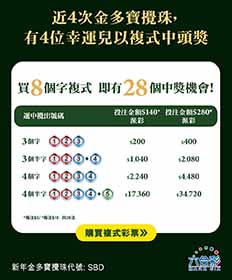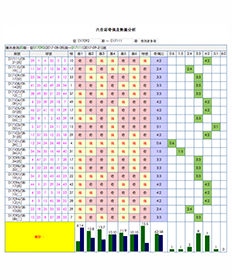搜尋結果
2023年1月2日 · The main focus of phase 3 trials is to demonstrate and confirm the prelimary evidence gathered in the previous trials that the drug is, a safe, beneficial and effective treatment for the intended...
- Fat-Containing Solids – Cold Extraction
- Fat-Containing Solids – Direct Measurement
- Solid Fats
- Water-containing Fats
- Liquid Oils
- Analysis
- Parameters
- Typical Results
- Comments
- References
Before determination, fat from samples that possess a complex matrix, e.g. foodstuffs like powdered milk, biscuits, mayonnaise, chocolate, etc. must be extracted. Ideally, since heating would alter the fat, this is performed using cold extraction. The sample must be crushed before the extraction if it is not already powdered or liquid. Enough sampl...
Solids with high volumes of fat, like nuts and oil seeds (e.g., sunflower seeds, hazelnuts, almonds, sesame seeds, etc.), can be measured directly. Before the sample is weighed in, it must be crushed and homogenized, e.g., by a mortar. Care should be taken that the sample is not contaminated by traces of transition metals and not overheated.
Solid fats as a group of animal or vegetable fats which are solid at room temperature and melt at elevated temperature can be measured directly. The sample can be melted on a water bath in the instance of problems weighing the sample into the bottom part of the reaction vessel. Care has to be taken that the water bath temperature is not higher than...
Water-containing fats (butter, margarine) can also be weighed indirectly. In order to compensate for the sample loss caused by evaporation of the containing water, the sample size must be increased.
Liquid oils as a group of animal or vegetable fats which are liquid at room temperature may be measured directly. In order to weigh the sample directly into the reaction vessel, a disposable plastic Pasteur pipette is employed.
Preparation of the Rancimat
The heating block is heated up to the respective temperature.
Preparation of the Measuring Vessel
Together with the measuring vessel cover, the measuring vessel is filled with 60 mL deionized water and put on the Rancimat. It is advisable to increase the volume to compensate for evaporation loss for longer analysis times (more than 72 hours). An evaporation rate of 5 - 10 mL water per day must be considered. The electrode must be immersed into the measuring solution at any time.
Preparation of the Reaction Vessel
A new reaction vessel is utilized for each determination. The reaction vessel is air-cleaned inside and outside by a sharp stream of nitrogen in order to remove particles (e.g. from the cardboard box). Then the sample is weighed straight into the reaction vessel. For samples that melt at elevated temperatures and for liquid samples, a sample size of 3.0 ± 0.1 g is utilized. For samples with considerable water content (more than 5%), the sample size has to be larger to compensate for the decre...
The measuring temperatureis dependent on the oxidation stability of the sample. Typical temperatures of between 80 and 160 °C are appropriate for the sample varieties outlined in this article, 50 to 220 °C are viable. Typically, the majority of tests are performed at 120 °C (Iower stability – lower temperature). The general rule is: the induction t...
Examples
Olive oil, temperature 120 °C, induction time 10.39 h Sunflower oil, temperature 120 °C, induction time 2.89 h Peanuts (direct determination), temperature 110 °C, induction time 9.89 h
Any type of particles, contamination, or scratches in the glass can catalyze reactions and influence the result. Contaminations can reduce the reproducibility of the results or lead to incorrect results. So, it is recommended to utilize a new air tube and reaction vessel for each experiment and blow off particles using a sharp stream of nitrogen. I...
StabNet, Tutorial892 Professional Rancimat, ManualLäubli M. W., Bruttel P. A.: Determination of the oxidative stability of fats and oils: Comparison between the active oxygen method (AOCS Cd 12-57) and the Rancimat method, JAOCS 63 (1986) 792-795.Läubli M. W., Bruttel P. A., Schalch E.: A modern method of determining the oxidative stability of fats and oils, Int. Food Marketing & Technology 1 (1988) 16-18.


